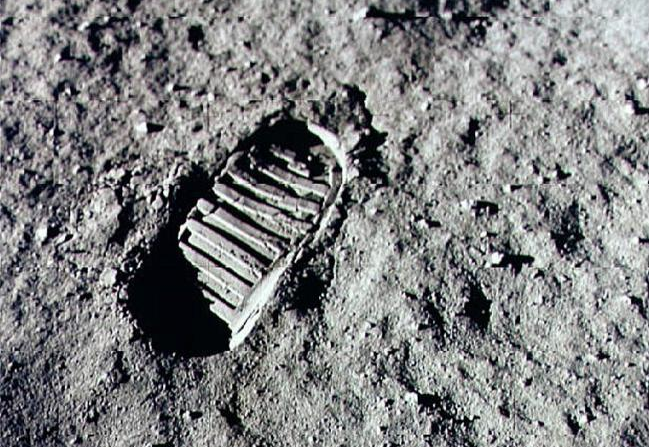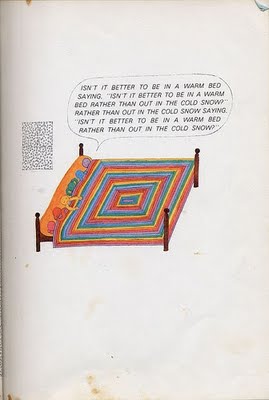Sometimes unexpected events of the day overwhelm the best laid plans. This week's intended blog post was ready to go, when news came over the weekend that Neil Armstrong had died at 82. Perhaps the most famous astronaut to ever have lived, he was, ironically, also one of the most reclusive. The very traits that made him the perfect choice for commanding Apollo 11 disinclined him to seek fame, or celebrity, or the trappings of political power. Very few people in history are known so famously for such a briefly defined sequence of events in their lives, or single utterances made famous beyond all comparison. But there's a reason the title of this blog is what it is: Armstrong was an icon.
Gallons of ink and millions of pixels have taken flight considering every aspect of the man and the legendary mission on which he flew. I find his extraordinary story compelling for many of the same reasons that billions of other people find it extraordinary. But let us not forget the value of his existence beyond mere recitation of one-of-a-kind acts. There's also this: how many millions of people, with no direct connection to science nor technology nor multibillion-dollar government programs, have been deeply inspired––creatively inspired––by Armstrong's one small step? The power of an iconic image is like a crystal. No matter what light enters it, the refractions that scatter around the room can scintillate and surprise. Moments of inspiration take on endlessly surprising trajectories of their own, put in motion by iconic forces. Some see themselves in Armstrong; some dream about emulating him. Others imagine the many internal monologues he told himself, or could have told himself, or the stories others told about him. An icon radiates, and science teaches us that radiation generally flies off in all directions.
Almost everyone is less famous than Neil Armstrong, but that's hardly the reason I'm confident this will be the only posting on the web you read today (and probably ever, I'd wager) to juxtapose the name of another great who died just a few days before the first man on the moon. Remy Charlip was one of the founding members of the Merce Cunningham dance company, but earned a measure of fame and respect from a certain slice of society for his work as a children's writer and dance educator. Known for his inspired, brainy-yet-never-stuffy flights of invention, Charlip drew little distinction among writing, illustrating, dancing, and other forms of art. “It’s one of the hardest things to do — to be free enough to dance, to move around,” he said in the New York Times back in 1997. For him, the act of invention meant letting go of preconceptions about what had been done before, and ranging out into new territory. One of his most famous pieces was something he called the "airmail dance". Charlip would mail drawings of various choreographic poses to dance companies and then see what those companies might create based on his epistolary sparks.
Icon? Maybe to some. I always liked Remy Charlip. I loved his books as a kid. I saw his performance company The Paper Bag Players live at Lincoln Center years ago, and recall the show warmly. Was he as iconic, so to speak, as Armstrong? Who cares? Armstrong's influence on my childhood passion for all things spacey most certainly propelled an interest in science and exploration and ultimately artistic pursuit of the unknown. But Charlip's influence on my imagination similarly, if less famously perhaps, helped shape my genuine belief in abstraction of ideas as a means for pursuing truth. Charlip demonstrated humorous, thought provoking lessons about turning ideas in unusual ways to reveal something unexpected and beautiful, and what I absorbed about his courage to experiment with daring invention propels my life as an artist to this day.
The point is, iconic power comes from representation, sometimes described by an event but more often embodied by a person. Too much power invested in icons becomes purely hagiographic, and in my mind ultimately self-defeating. On the other hand, cynical blinders to iconic influence forgoes powerful opportunities for inspiration. But in the middle of these extremes there's something profound, even as it's obviousness hides in plain sight. We should be respectfully aware that people just like ourselves might do extraordinary things that influence the world in unexpected ways, giving each of us license to get up in the morning, rub our hands together, and say to ourselves, "Okay. How am I going to make this a valuable day?"
--MS
PS — Have something to say? Leave us a comment! Don’t want to miss the latest from 1AU? Sign up on our mailing list. (Cool email like ours is better than that boring stuff that clutters your inbox, right?) Consider yourself a fan? Please re-Tweet us, post to Facebook, or otherwise forward us to your friends. Cool? Yep: cool.


